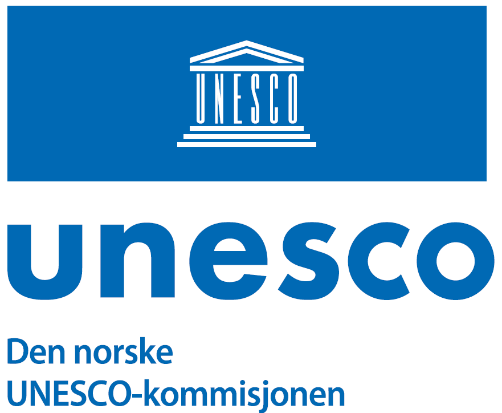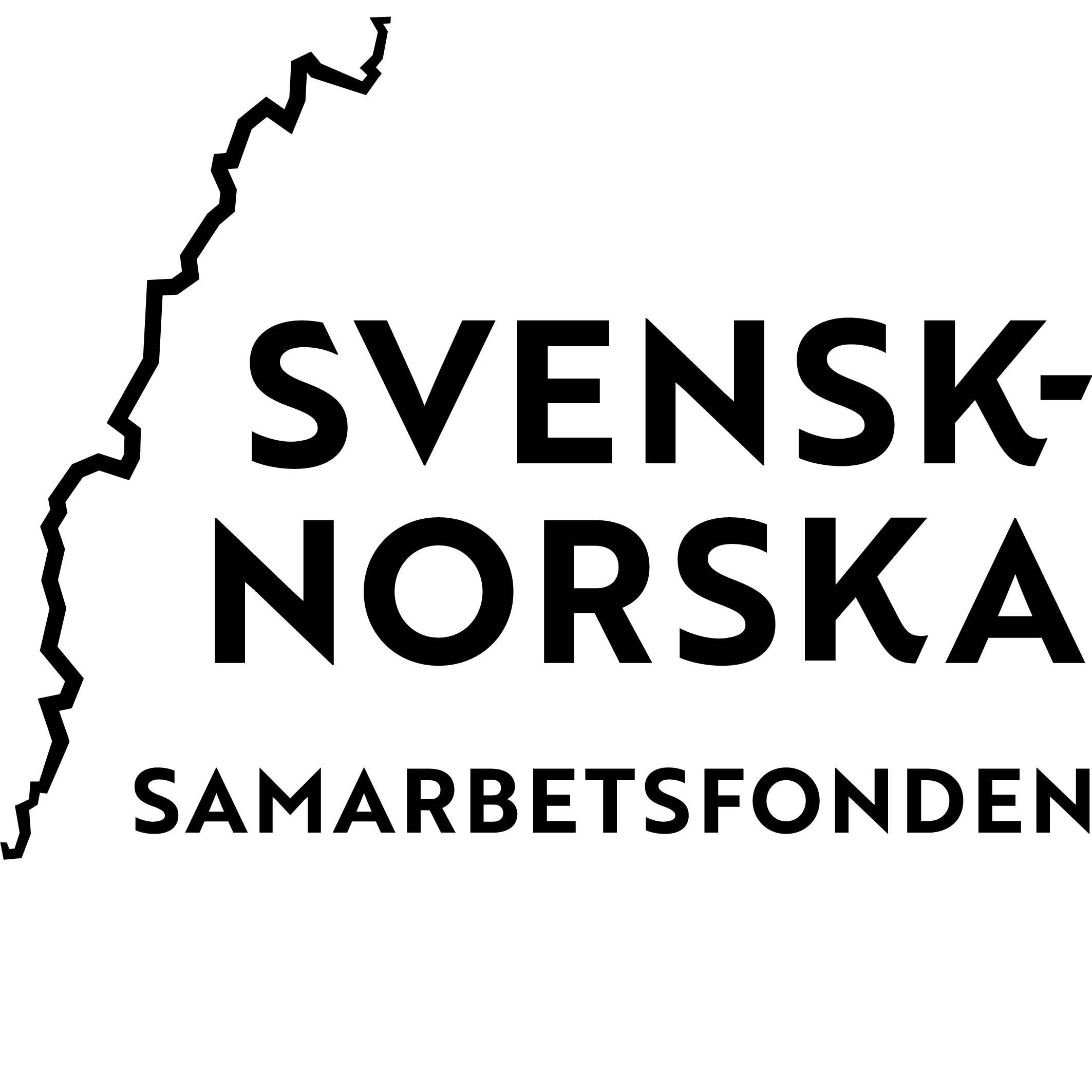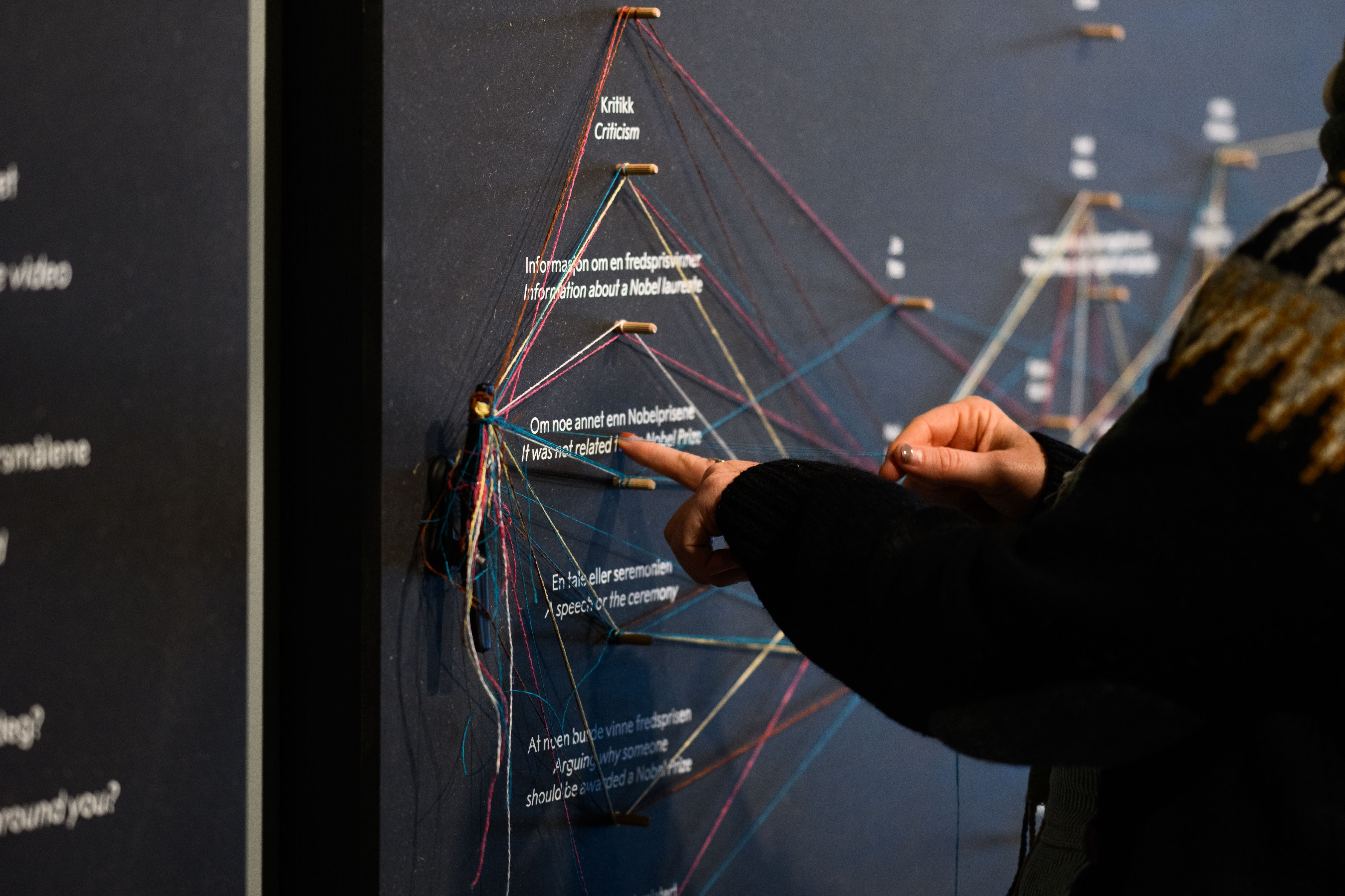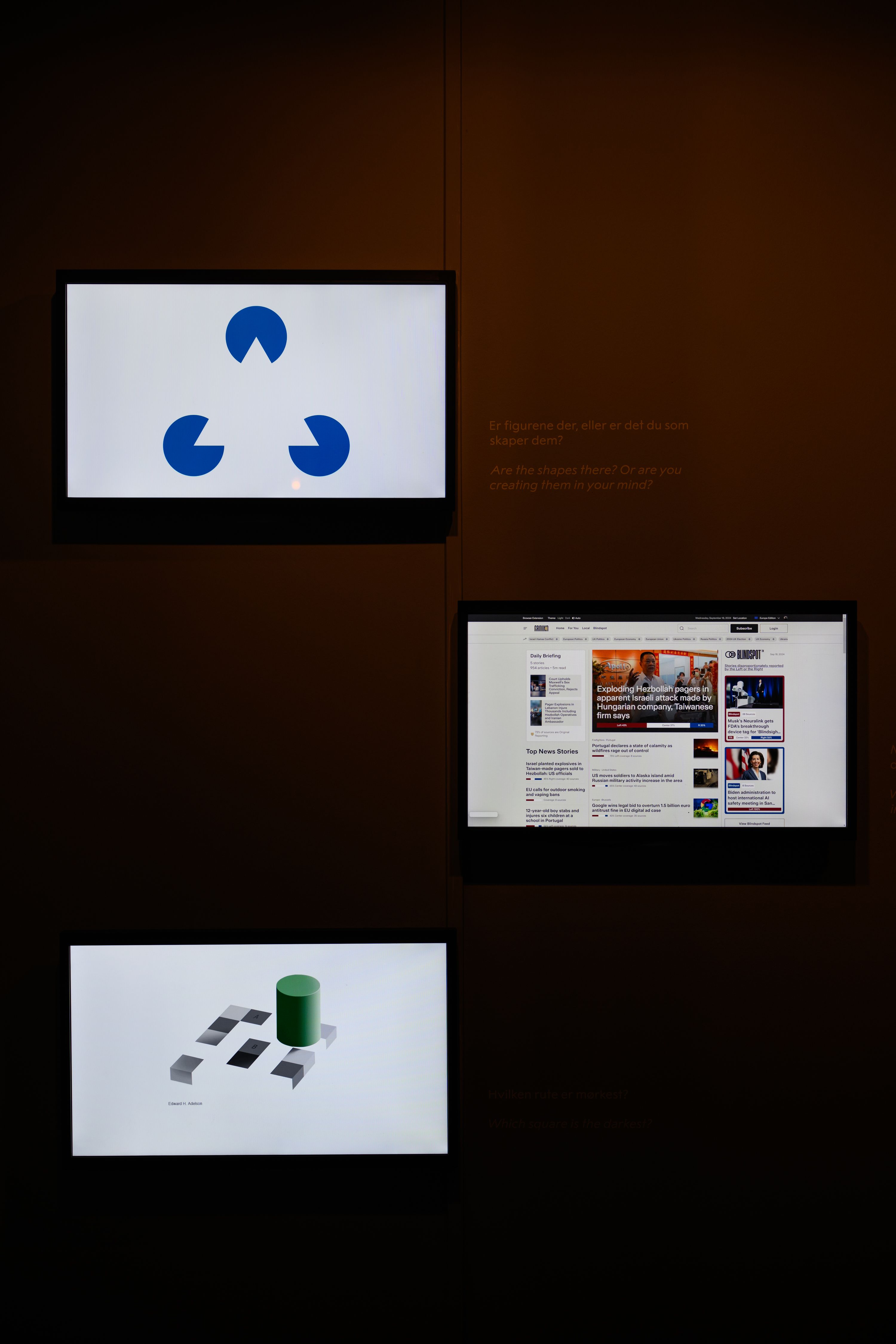A space for reflection and conversation
Erik Johansson's The Echo Chamber was a great success at Fotografiska in Stockholm last year and is now being shown internationally for the first time at the Nobel Peace Center in Oslo. New to the exhibition in Oslo is the interactive Room for Reflection.
“In The Room for Reflection, we invite the audience to look to themselves and reflect on how they perceive the world - and why they see the world as they do,” says Guro Stavseng Slinning, museum educator at the Nobel Peace Center.
The purpose of the room is to give visitors a space for reflection, self-examination and conversation. The room is a concretization of several of the themes addressed by The Echo Chamber, such as algorithms, the cause of echo chambers and filter bubbles, and questions about what we as individuals and society can do.
“We wanted to give the audience concrete tools to make better choices,” says curator Eirin Mailund Svendsen.
The activities in the room are based on the belief that it is possible to make more conscious choices when faced with algorithms - both by understanding how our brains interpret information and what we can do to change our online habits.
The thread activity visualizes how individually adapted algorithms show different images of reality. The point of departure for the activity was a research article Fotografiska used for the exhibition text about filter bubbles. The article is about how easy it is to get caught in online filter bubbles by avoiding clicking on content that causes unpleasant feelings we don't understand. Researchers in the field of linguistics have also discovered that the use of language can be a good alarm system for whether you are about to enter an echo chamber. The stronger the walls of the echo chamber, the more informal the language. The questions in the activity are designed so that the audience can analyze these two aspects of the video they see. At the same time, they can see if others encounter the same language and have the same emotional reactions as they do, by following the patterns in the threads.
The optical illusions show visitors how the brain simplifies reality and what consequences this has for how we perceive the world. The brain has difficulties distinguishing between what we know and what we believe. If it lacks knowledge, it often fills in those gaps with assumptions or prejudices.
“With knowledge about these things, we hope to create more humility and curiosity: If the brain is fooled by optical illusions, what other things can it be fooled by?” says Guro Stavseng Slinning.
The two touch screens invite visitors to further reflect on their own echo chambers and filter bubbles. One is a test created by Zentrum fir politeschBildung in Luxembourg about online habits that ends with suggestions on how to change one’s habits to get more varied content online. The second showcases Ground News’ website where the audience is invited to explore the angle they get on news and see how differently information is conveyed in other people's echo chambers.
“First and foremost, I hope that the audience will stop and allow themselves to reflect, regardless of what they are reflecting on,” says Eirin Mailund Svendsen.



Share:

